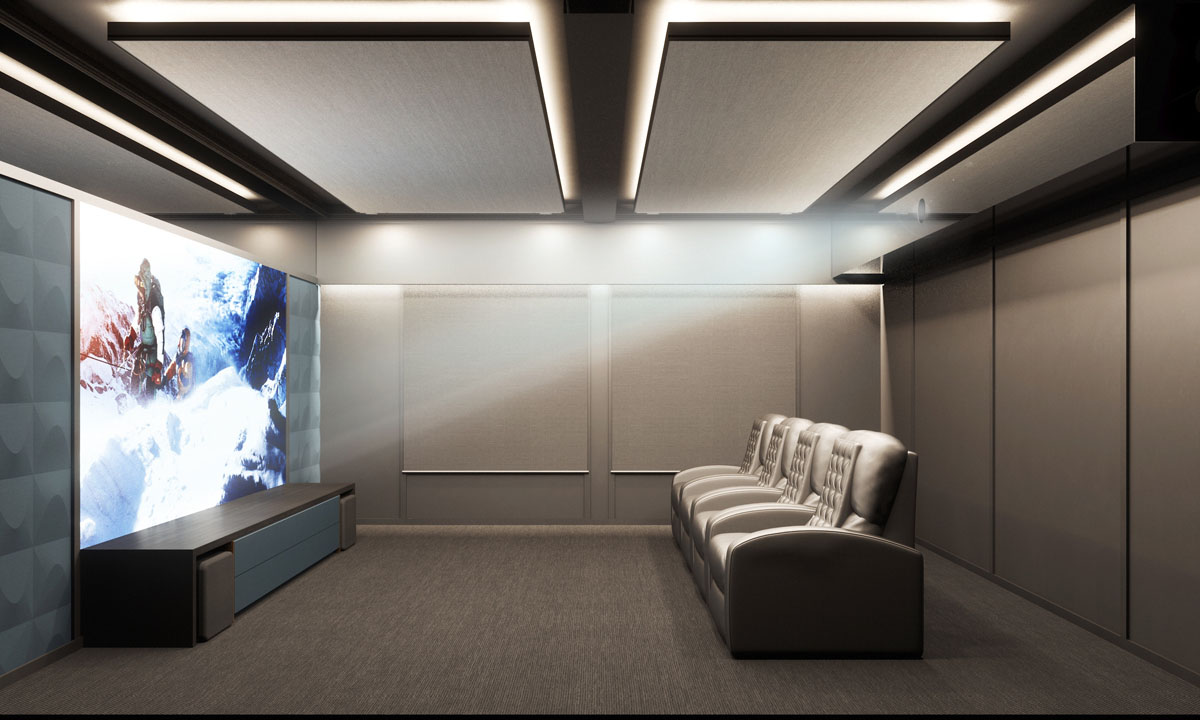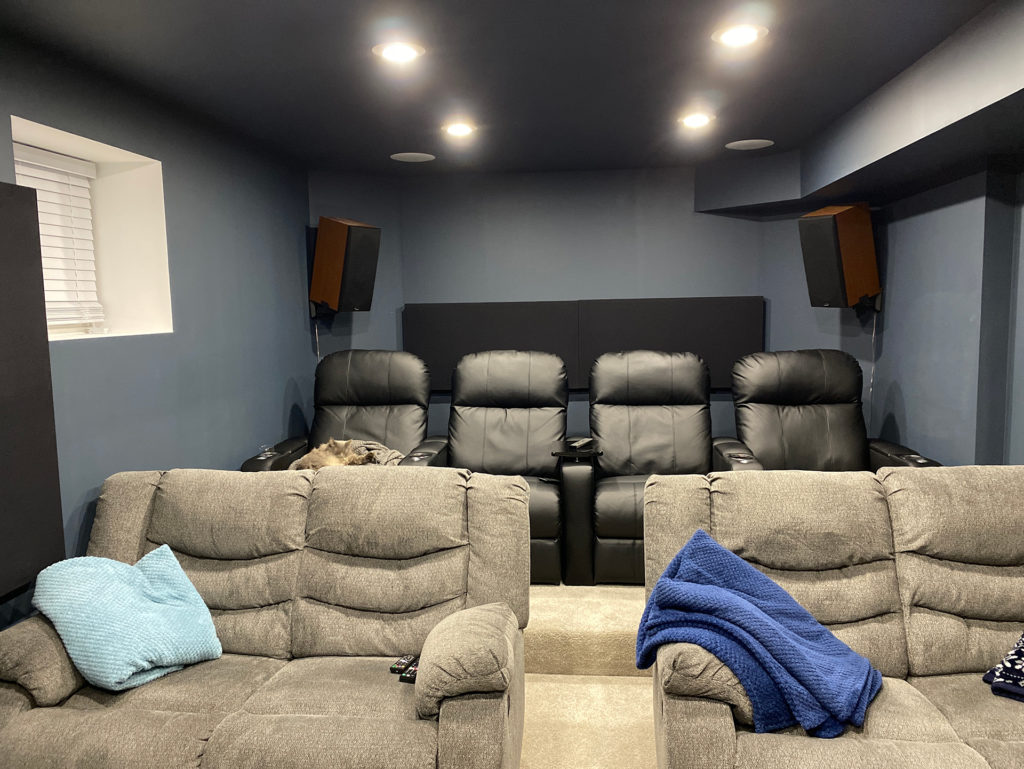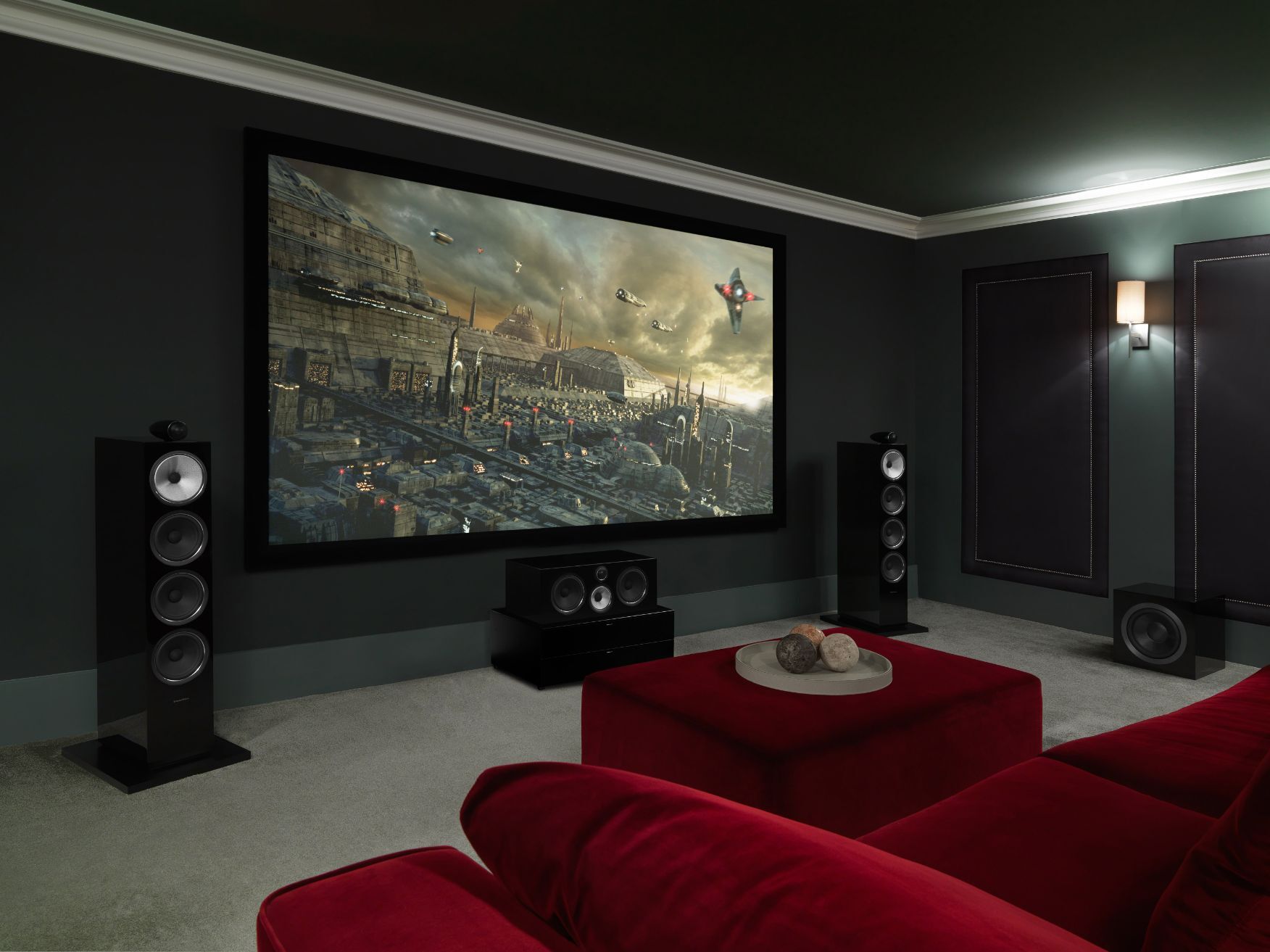Home Theater 101: Everything You Required to Know for a Cinematic Experience in the house
Creating a home movie theater that equals the motion picture experience of an industrial theatre includes cautious consideration of multiple components, consisting of display choice, audio systems, and room format. Whether you are pondering the excellent display size or the complexities of surround audio, comprehending these basics is important.
Choosing the Right Screen
When establishing a home movie theater, selecting the appropriate display can make or break the checking out experience - home theater tampa. The display offers as the centerpiece of your arrangement, affecting image quality, watching angles, and general visual. Secret elements to take into consideration consist of screen kind, resolution, and size
Initially, establish the proper screen dimension based on your space dimensions and seating range. A general standard is to rest around 1.5 to 2.5 times the diagonal screen dimension for optimal watching. Next, select between different screen types, such as fixed-frame, mechanized, or retractable displays, each offering distinct advantages. Fixed-frame displays normally give the finest image high quality, while mechanized options permit for flexibility precede use.
Resolution is another crucial element. For a truly immersive experience, take into consideration a screen created for 4K or perhaps 8K content, making certain sharpness and clarity. Furthermore, take into consideration the screen's gain, which affects brightness and comparison; a higher gain can improve illumination in well-lit areas, while a reduced gain may be preferable for darker settings.
Picking Sound Equipment
Audio equipment is a vital element of any kind of home cinema system, significantly enhancing the overall viewing experience. The selection of audio gear can identify the depth, clarity, and immersion of sound, important for producing a cinematic environment.
When selecting audio devices, think about a surround stereo, which usually includes a receiver, multiple speakers, and a subwoofer. A 5.1 or 7.1 network system is advised, where the initial number stands for the audio speakers and the second the subwoofer, providing an immersive soundscape. The receiver is the heart of the system, handling sound and video clip signals, and must support modern layouts like Dolby Atmos for an improved spatial experience.
Quality speakers are vital; search for designs that offer a well balanced audio profile with good bass response. Floor-standing audio speakers can create richer sound, while shelf choices save room. Furthermore, think about wireless choices for ease of installation, although wired systems usually provide superior efficiency.

Optimal Seating Plans
Developing an excellent home cinema experience pivots dramatically on optimal seating setups. The setup of seats plays an important function in both comfort and seeing quality, straight affecting the general cinematic experience.
First, take into consideration the display size and viewing range. A typical guideline is to position seats at a range roughly 1.5 to 2.5 times the diagonal dimension of the screen. This ensures an immersive experience without stressing the eyes.
Following, elevation is critical. The back rows ought to be greater than the front to prevent obstructions if your seats is in a tiered format. For level seating, ensure that the front row is not also close to the display, and that everyone has a clear line of vision.
In addition, think about the setup in terms of social characteristics. Group seats can enhance the public experience, while individual seats might be chosen for individual viewing.

Lastly, prioritize convenience with ergonomic seating that supports extensive viewing periods. Including recliners or supported seats can dramatically improve the experience, making the home cinema a preferred destination for both amusement and relaxation.
Lighting and Atmosphere
Reliable lighting and atmosphere are crucial components of a well-designed home cinema, as they significantly influence the checking out experience. The appropriate lighting can enhance the cinematic feel, while bad selections can detract from it. For ideal results, take into consideration a split lighting approach that includes ambient, task, and accent illumination.
Ambient illumination gives general lighting, ensuring that the area is not totally dark, which can strain the eyes. Dimmer switches are extremely suggested, permitting changes based upon the web content being viewed. Task lighting, such as wall sconces or floor lamps, offers functional illumination for activities like analysis or browsing the room without interfering with the total ambience.
Accent lighting can be used to highlight building functions or produce centerpieces, adding depth and passion to the space. LED strip lights behind screens or along racks can supply a subtle glow that boosts the visual experience without overwhelming the visitor.

Wiring and Installation Tips
A well-planned wiring configuration is essential for attaining optimum efficiency in your house movie theater system. Proper wiring not only Resources guarantees top quality audio and video clip signals however also enhances the total aesthetic of your space. Begin by drawing up your design, identifying where each part will certainly be placed, including your display, audio speakers, and receiver.
When selecting wires, focus on top quality, appropriately assessed electrical wiring to reduce signal loss. HDMI cords ought to be made use of for video links, while speaker wire must match the specifications of your audio speakers and amplifier. Choose in-wall ranked cable televisions to follow security standards and preserve a clean look.

Final Thought
In recap, creating an extraordinary home movie theater experience calls for mindful factor to consider of numerous elements, including screen selection, audio devices, seating plans, illumination, and circuitry. By focusing on these variables, a motion picture look here atmosphere can be successfully replicated, allowing for immersive seeing experiences that equal traditional movie theater setups.
Producing a home cinema that rivals the motion picture experience of a business theater includes cautious consideration of several elements, including screen selection, sound systems, and area format.When establishing up a home movie theater, choosing the best screen can make or break the viewing experience. Next off, pick in between different screen types, such as fixed-frame, mechanized, or retracting screens, each click for more info offering distinct advantages. For an absolutely immersive experience, take into consideration a display created for 4K or even 8K content, ensuring intensity and clearness.In summary, creating an exceptional home theater experience calls for cautious consideration of numerous aspects, including display choice, audio equipment, seating arrangements, lights, and circuitry.